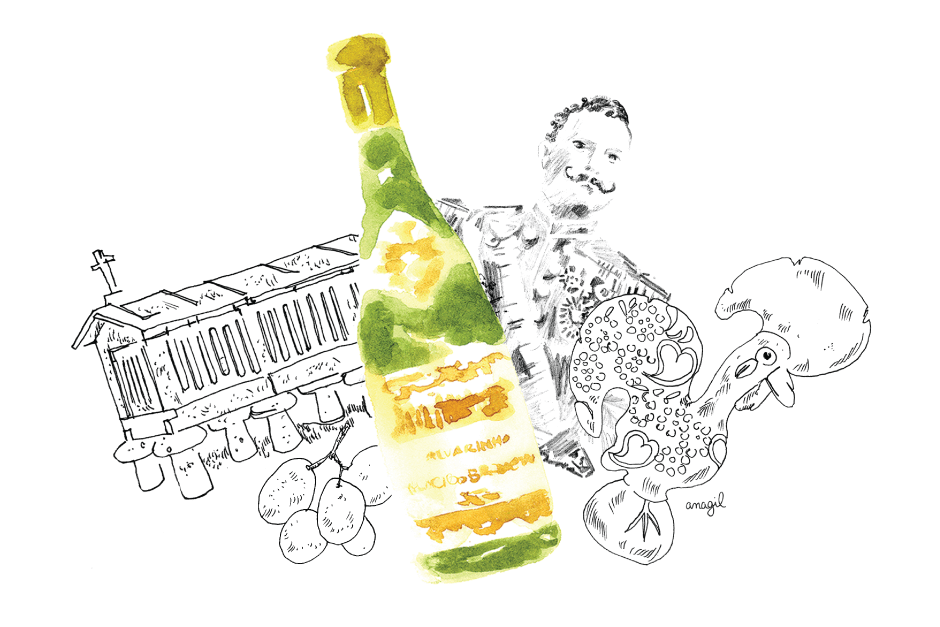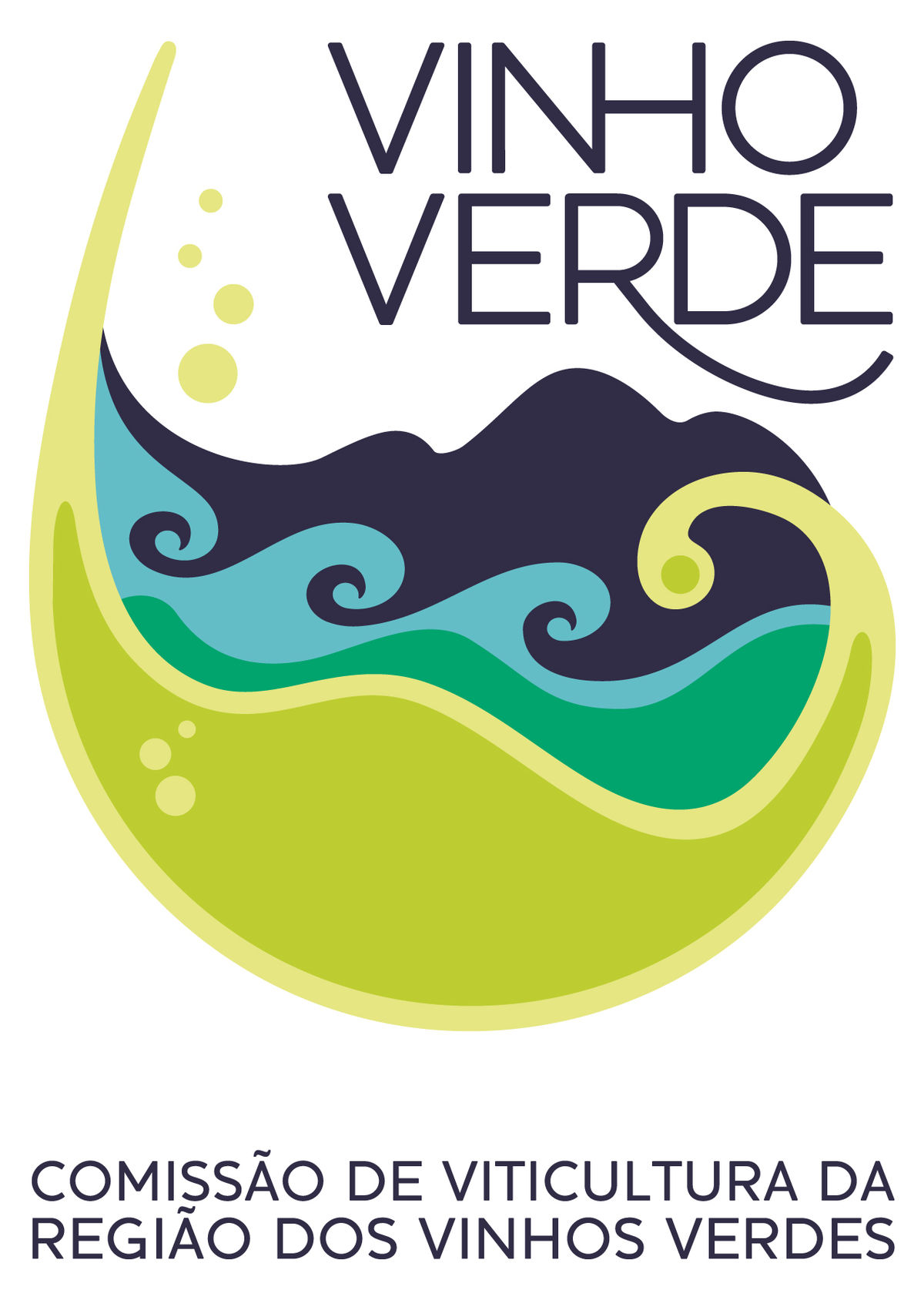Vinho Verde | 绿葡萄酒

![]()
Vinho Verde
This is the northernmost wine producing area in the country, separated by the river Minho from Spain. The river is a natural border, but it does separate the producing zones: both in Portugal and in Galicia, identical wines are produced, using the same varieties and having very similar profiles. In the extreme north of the Region the Vinhos Verdes – a name that brings to mind the landscape (this is the rainiest region in the country) – we find the Alvarinho (Monção-Malgaço), a wine that is a symbol and, while it has some similarities with other Verdes, it generally carries a nobility and character that set it apart from the wines in the region.
The vineyard area is very extensive where white wine is dominant, with 72% of vines being used for white wine grapes. The varieties are all local – Alvarinho, Loureiro, Trajadura, Arinto, Azal and Avesso; some are widespread, such as Loureiro and Trajadura, others are more localised, such as Azal and Avesso. The red wines are mostly drunk regionally, and are difficult to sell in markets outside. Here we also see the existence of national varieties, dominated by Vinhão, followed by Espadeiro; the latter is used to make rose wines too, a type of wine that has been gaining a following among producers of Vinho Verde.
The production of wine that is entitled to carry the Appellation is far above that of Regional Wine, and around 18% of the wine produced is exported. There is a significant “nostalgia market”, an expression applied to Portuguese emigrant communities that are scattered throughout the world and that consume some national products, notably wine.
The region has three main types of wine makers: producer-bottlers, cooperative wineries, and companies that make their own brands and use their own grapes of wines acquired from local production. These companies dominate the market in this region and are responsible for 60% of certified white wine.
Traditionally, the wine has some carbonic gas in the bottle and its relatively low alcohol content and natural freshness (which arises from its high acidity) make it a classic summer wine that is always sought after for drinking with seafood.
![]()
青葡萄酒产区
现在我们来到葡萄牙非常靠北的产区,米尼奥河将这个地区与西班牙分开。米尼奥河是西葡两国的一道自然分界线,但并没有把产区分开,无论是河这边的葡萄牙产区还是河那边的西班牙加里西亚产区,都使用相同的葡萄品种酿造类似的、形象极为接近的葡萄酒。在青葡萄酒产区的最北端坐落着奥瓦里尼奥地区(即蒙桑-麦尔嘉苏地区),这里酿造青葡萄酒中的“旗舰级”酒,它们与其他青葡萄酒有一些相似性,但是一般来说更为高贵和个性鲜明,有别于这个产区的其他酒。青葡萄酒这个名称让人想起这个地区的景色,这里是全葡萄牙雨量最大的地区,而且过去葡萄酒送到酒窖时还是非常不成熟的,或者说还是很“青涩”的。
这个产区葡萄种植的面积广泛,白葡萄酒占据主导地位,占72%。葡萄品种都是当地的:奥瓦里尼奥,洛莱洛,特拉雅杜拉,阿林托,阿扎尔和阿韦索等。它们当中有一些很普遍,比如洛莱洛和特拉雅杜拉;另一些则地方性很强,如阿扎尔和阿韦索。这里酿造的红葡萄酒几乎只在本地区流通,是一种很难在外部市场取得成功的葡萄酒。在这里我们也可以看到一些全国性的品种,其中主要是维尼昂,紧随其后的是伊斯帕德罗,后者常用来酿造粉色葡萄酒,在青葡萄酒酿造商中间,越来越多的人成了粉色葡萄酒的追随者。
这个产区拥有法定原产地权利的葡萄酒远远超过地区葡萄酒,约18%的葡萄酒是用来出口的。此外,还存在一个“思念的市场”,这是指流散全世界的葡萄牙移民,他们消费一些葡萄牙产品,包括葡萄酒这个值得特别关注的产品。
在这个产区基本上有三种类型的生产:酿造-装瓶商,联合酒窖和拥有自己品牌,在生产中既使用自产葡萄,也使用购买来的葡萄酒的企业。在青酒产区,这类企业主导了市场,并占据了60%的有认证的白葡萄酒。
传统上,青葡萄酒酒瓶中出现一些碳酸气泡是正常的。相对来说较低的酒精度,(较高的酸度派生出的)清新的口感使它成了经典的夏日美酒,常常被用来配海鲜。

